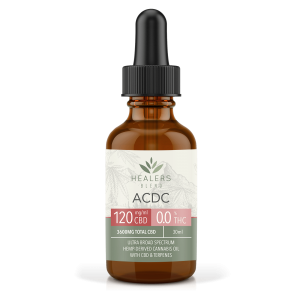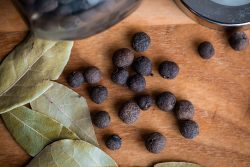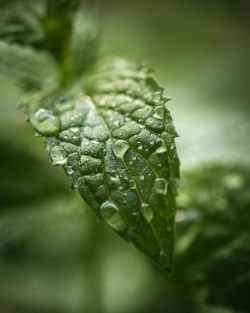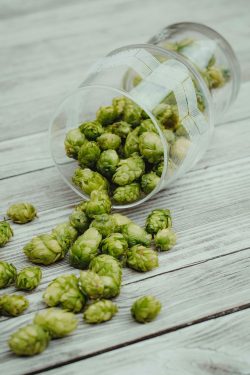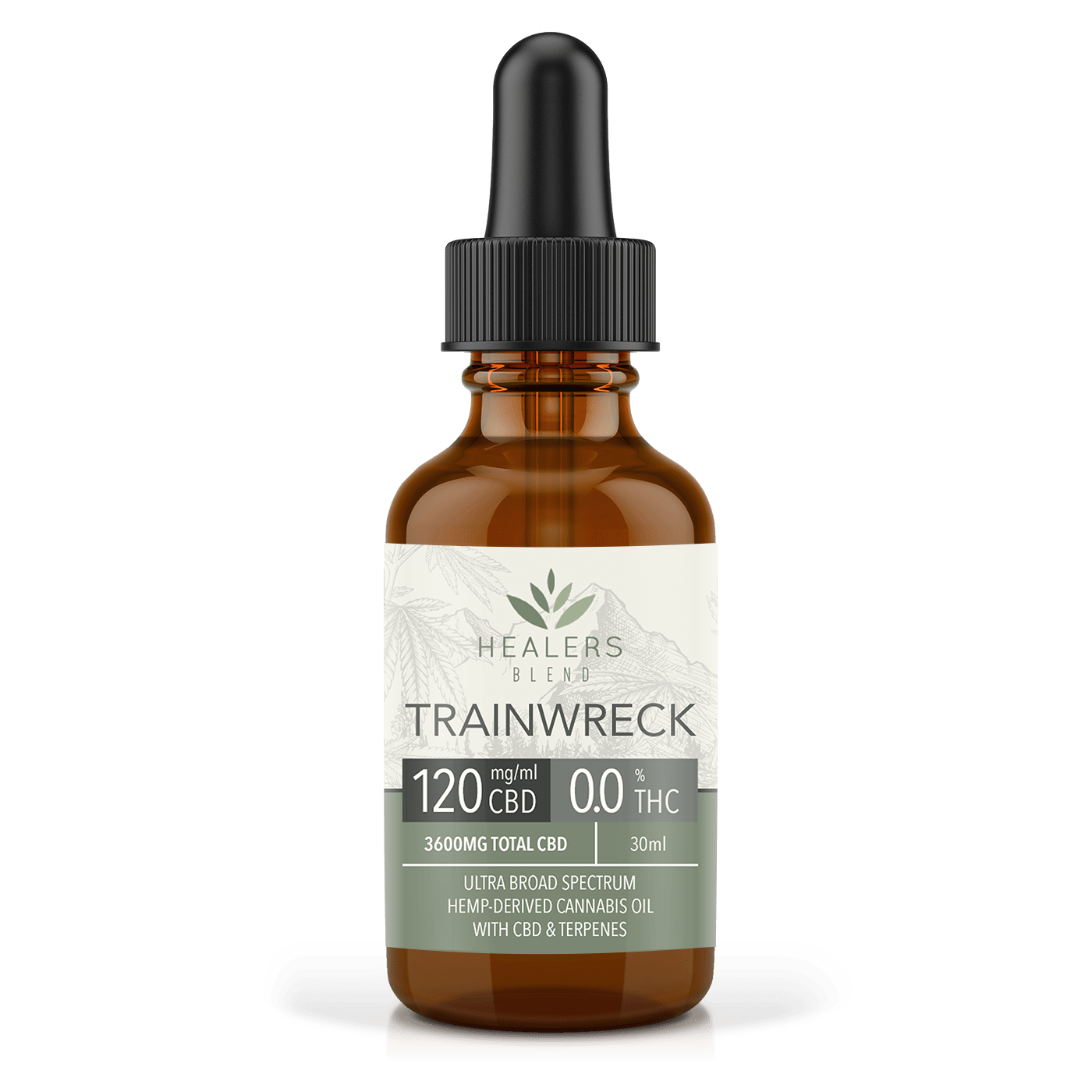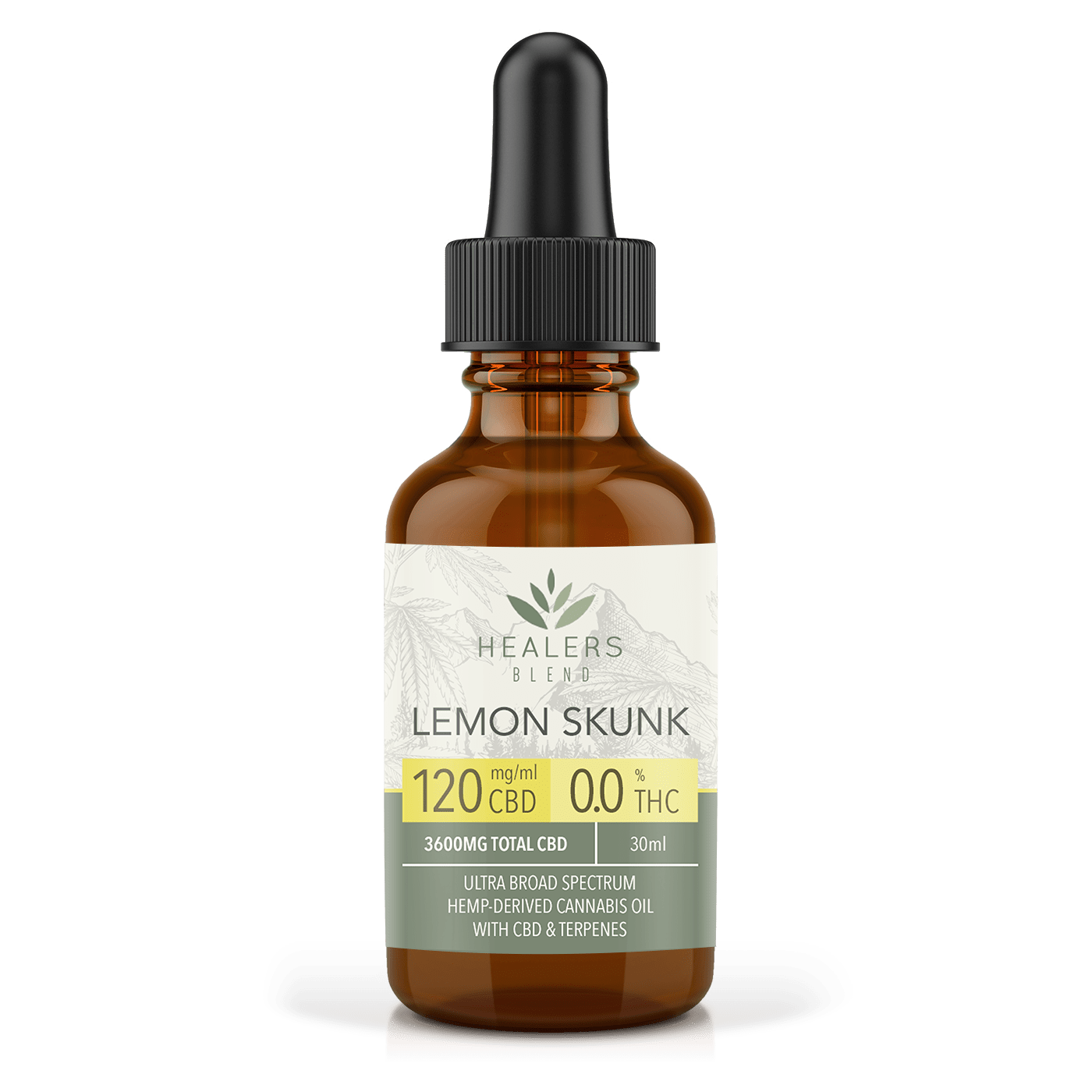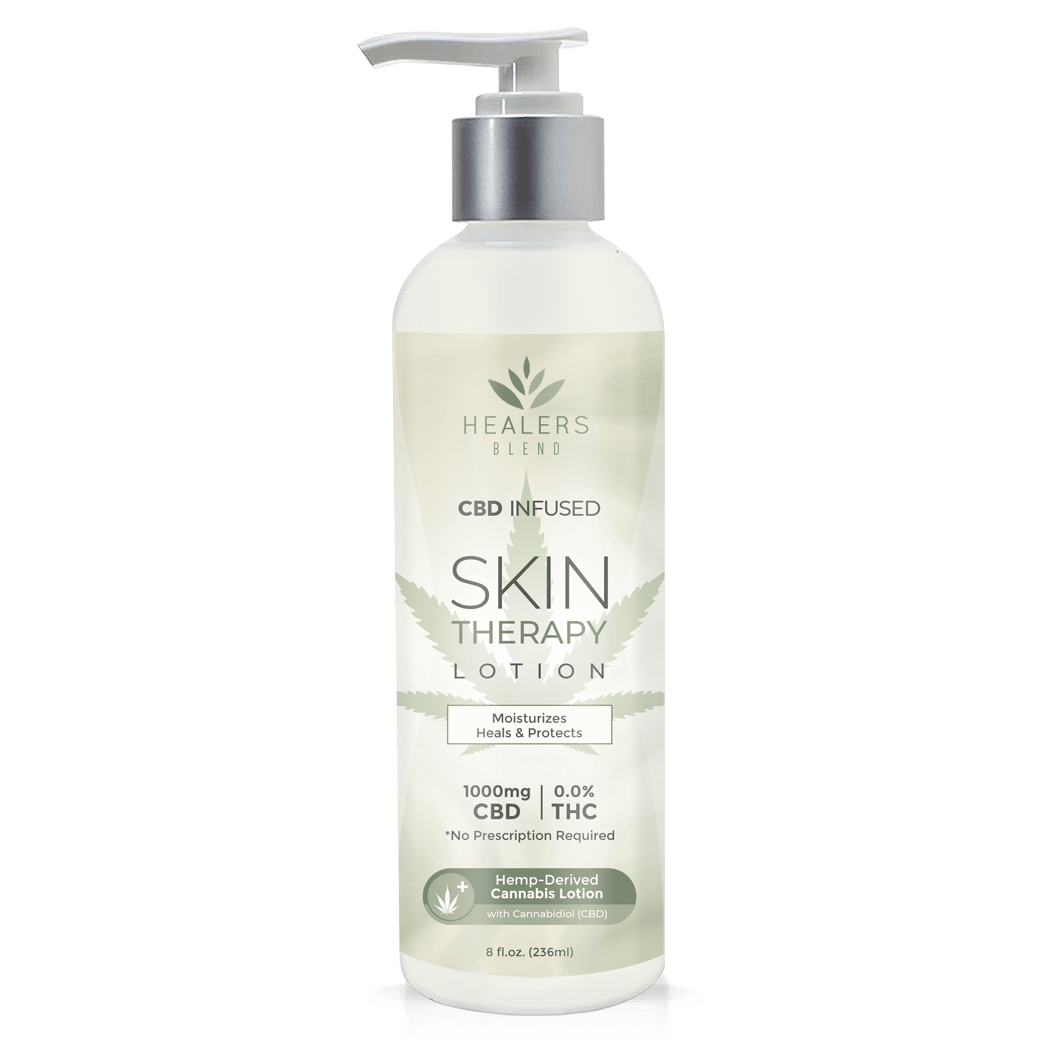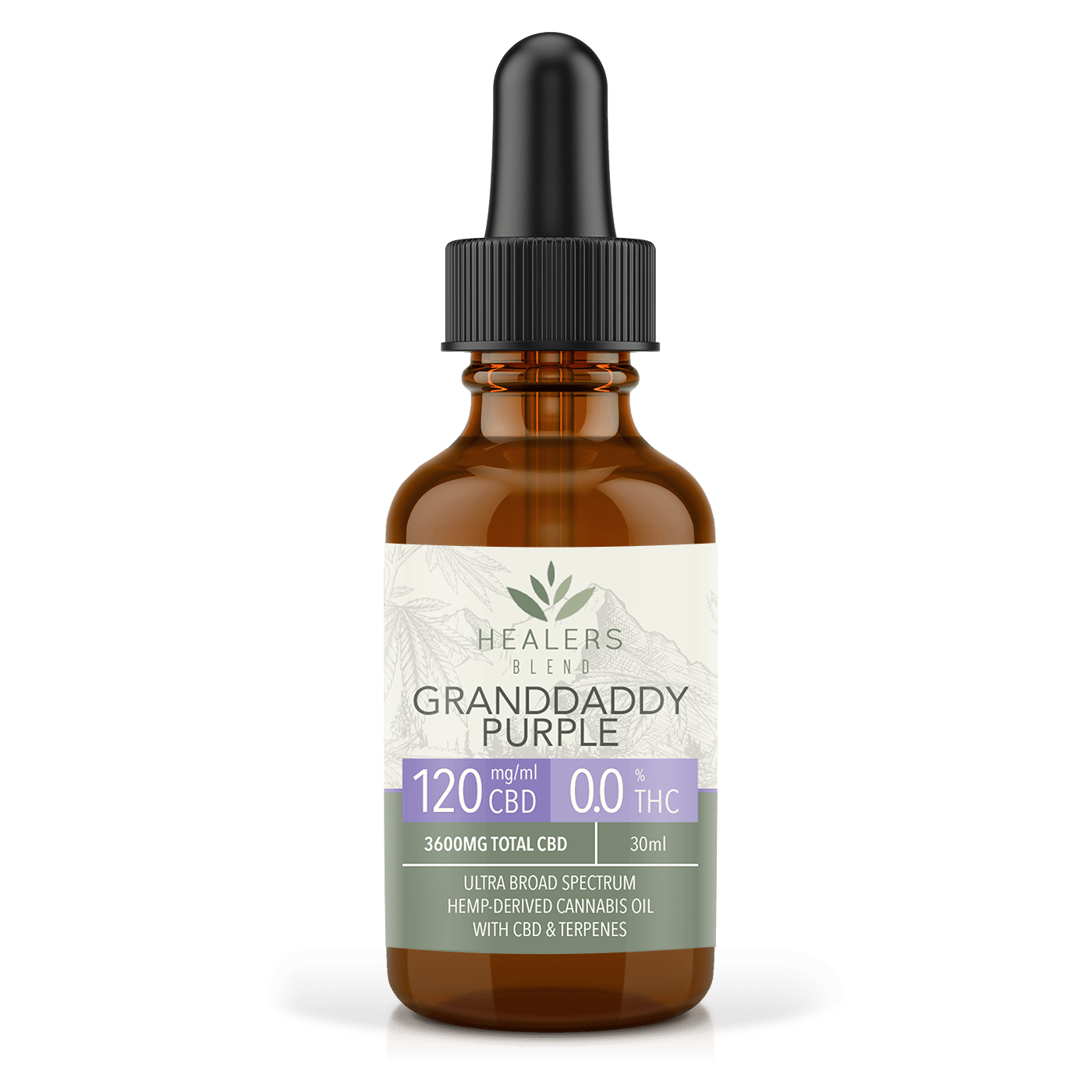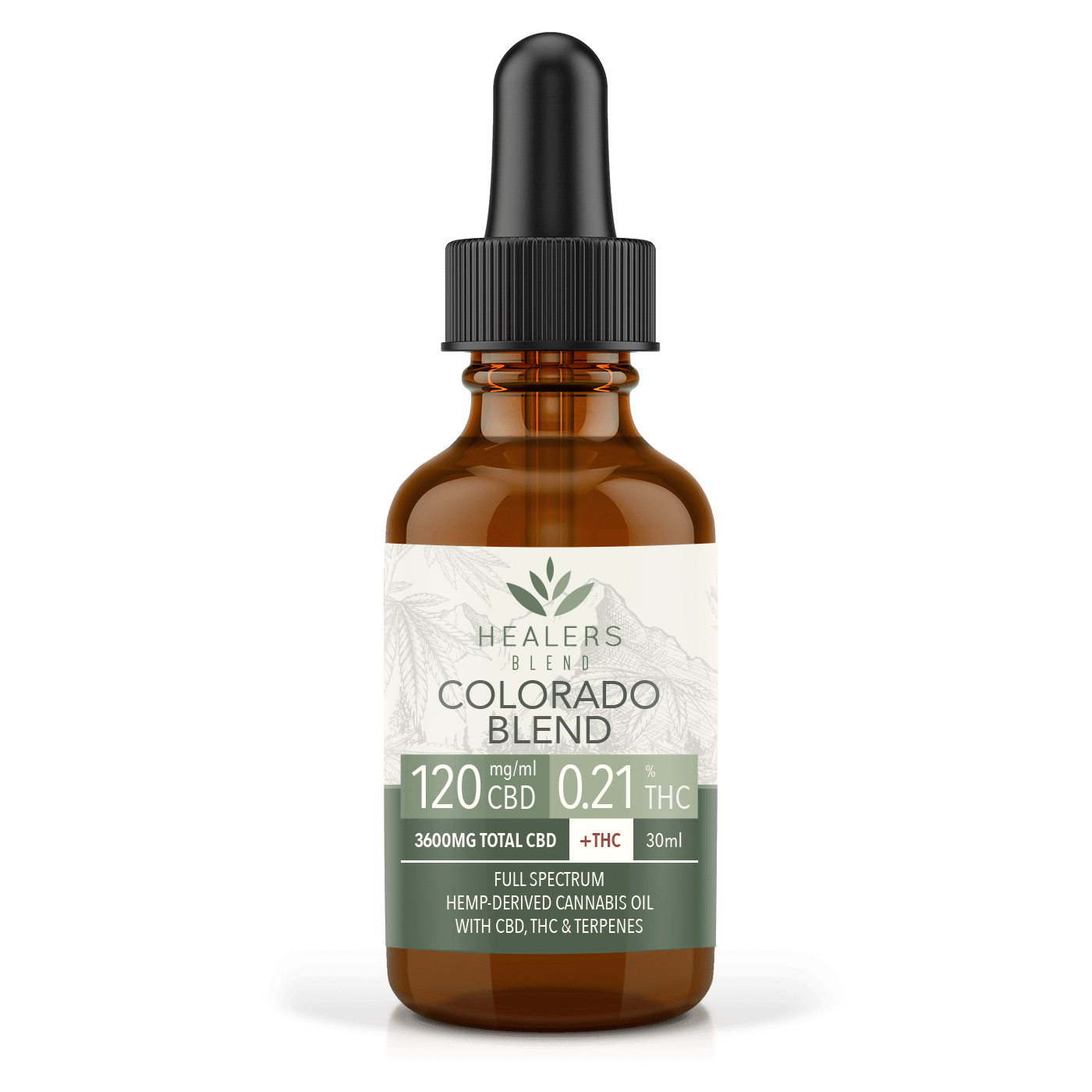Welcome to the Healers Blend Learning Lab! The information in these pages are designed for both the general consumer, as well as, health and medical practitioners seeking to expand their working knowledge of cannabis and the potential of cannabinoid based therapies. While we work to ensure the information in these pages and resources is accurate and up to date, we do not make any claims as to the veracity or totality of the information contained herein. Research into cannabis as medicine is ongoing and our understanding of its many potential benefits continues to grow everyday. Our hope is that you will find this information beneficial and inspiring in your own search to better understand the potential of this incredible plant to increase overall health, vitality, and well-being. CBD products are not approved by the FDA for the diagnosis, cure, mitigation, treatment, or prevention of any disease. We are restricted from making any claims about the efficacy of our specific CBD products to treat or cure any disease or medical conditions. You should always seek the advice of a physician before adding nutritional supplements to your diet. The following information is presented for educational purposes only. Healers Blend provides this information to provide an understanding of the potential applications of cannabidiol. Links to third party websites do not constitute an endorsement of these organizations by Healers Blend and none should be inferred.
Description:
Myrcene can be found most in the ACDC and Granddaddy Purple strains.
Myrceneis classified as a monoterpene. Monoterpenes are dimers of isoprenoid precursors, and myrcene is a significant component of the essential oil of several plants, including bay, cannabis, ylang-ylang, wild thyme, parsley, cardamom, and hops. Myrcene is thought to help compounds enter cells through enhancing membrane permeation. Myrcene has been shown to be an analgesic in mice and did not cause tolerance to the effect. Ther terpene is also noted to have antioxidant effects with mutagenic compounds. Other benefits to myrcene include its ability to relax muscles and induce sleep.
Effects
Analgesic
Antioxidant
Sedative
Research
Analgesic
Oral administration of myrcene in rats was concluded to produce a dose-dependent pain relief for the hyperalgesia induced by subplantar injections of either carrageenin or prostaglandin E2, but did not affect that induced by dibutyryl cyclic AMP. These results indicated a peripheral site of action. In contrast to the central analgesic effect of morphine, myrcene did not cause tolerance on repeated dosing in rats. Myrcene shows promise as a lead for the development of new peripheral pain killers with a different method of action than aspirin-like drugs.
Sedative
Myrcene was explored as a sedative in the mouse model. Muscle relaxation was seen as observed through the rota rod test. In addition there was an increase in sleeping time by 2.6x.
- Myrcene mimics the peripheral analgesic activity of lemongrass tea
- Central effects of citral, myrcene and limonene, constituents of essential oil chemotypes from Lippia alba (Mill.) n.e. Brown.
Antioxidant
Myrcene was eluted to block the metabolic activation of some promutagens (e.g., cyclophosphamide and aflatoxin B1) in in vitro genotoxicity assays. The effects of myrcene was evaluated through the activity of liver microsomes. A concentration-dependent competitive inhibition was observed for pentoxyresorufin -O-depenthylase activity, a selective marker for a cytochrome p450. The potent inhibitory effects on the cytochrome p450 suggest that myrcene, could also interfere with the metabolism of xenobiotics, which are substrates for this isoenzyme
A-Z Index of Terpenes:
-
Alpha Bisabolol
EFFECTS: Analgesic, Anti-cancer, Anti-inflammatory, Antifibrosis, Antifungal, Antocoagulant, Drug Potentiator.
Learn about Alpha Bisabolol »
-
Alpha Pinene
EFFECTS: Anti-bacterial, Anti-cancer, Anti-inflammatory, Bronchodilator, Memory Enhancer.
Learn about Alpha Pinene »
-
Beta Caryophyllene
EFFECTS: Analgesic, Anti-inflammatory, Antioxidant, Gastric-protective.
Learn about Beta Caryophyllene »
-
Beta Pinene
EFFECTS: Expectorant, Bronchodilator, Anti-inflammatory, Antiseptic.
Learn about Beta Pinene »
-
Borneol
EFFECTS: Analgesic, Anti-cancer, Anti-inflammatory, Antifibrosis, Antifungal, Antocoagulant, Drug Potentiator.
Learn about Borneol »
-
-
-
Eucalyptol
EFFECTS: Anti-Alzheimer's, Anti-Asthma, Anti-bacterial, Anti-cancer, Anti-inflammatory, Antioxidant.
Learn about Eucalyptol »
-
-
-
Limonene
EFFECTS: Anti-anxiety, Anti-cancer, Anti-inflammatory, Antidepressant.
Learn about Limonene »
-
Linalool
EFFECTS: Analgesic, Anti-anxiety, Anti-inflammatory, Anticonvulsant, Sedative.
Learn about Linalool »
-
-
-
-
-
-
Terpineol
EFFECTS: Antibacterial, Antioxidant, Anti-cancer, Sedative, Anti-inflammatory.
Learn about Terpineol »
-
-


